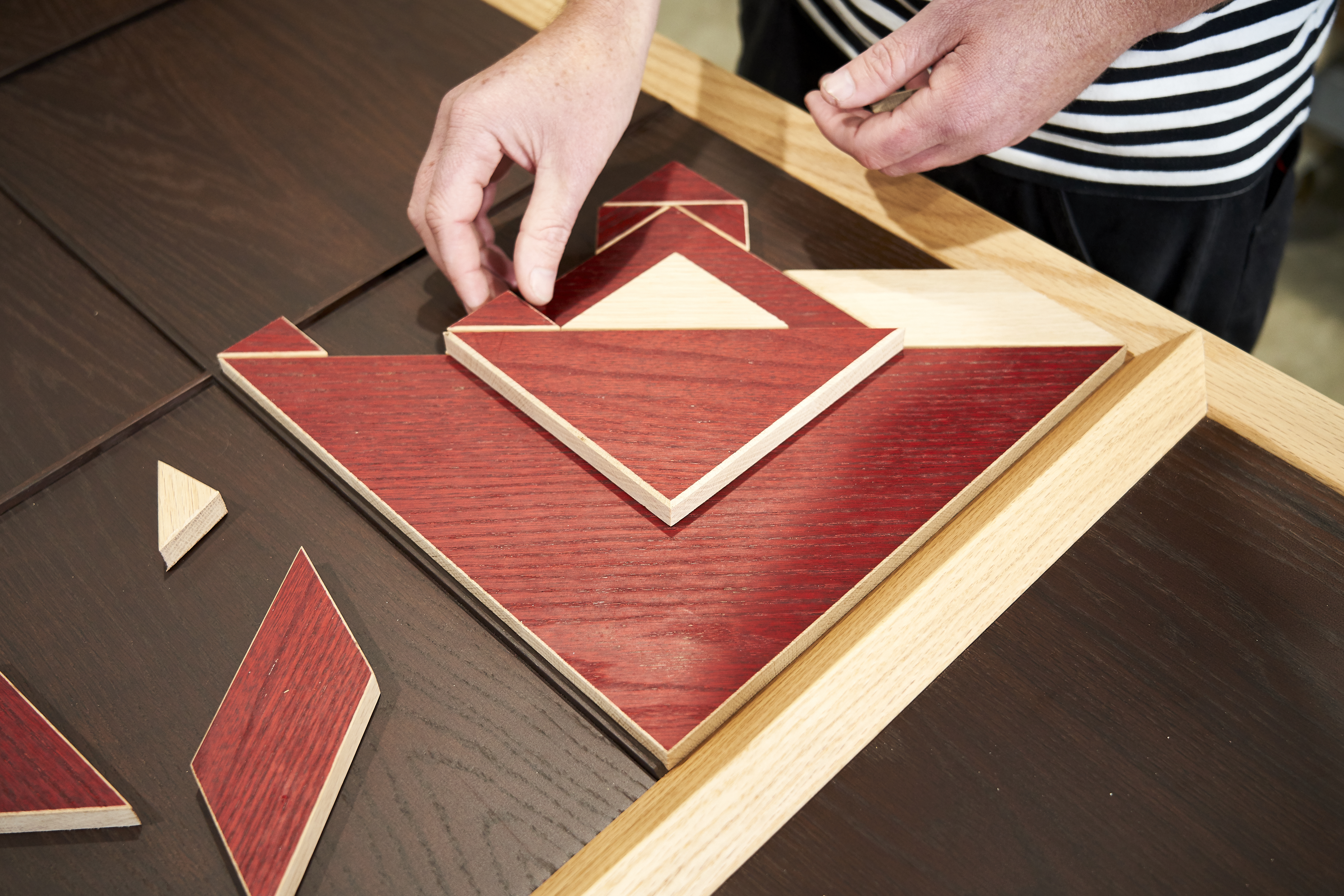
There will be a major stress on the species’ sustainability credentials too; the fact that it is America’s most prolific hardwood with two cubic metres growing in the forest every second, and total growth exceeding harvest by 21 million m3 each year.
Summers doesn’t deny that Chinese tariffs pose a challenge for U.S. hardwood mills, leading to price cuts to red oak in particular, which have left 4 quarter now 40% cheaper than the equivalent European species. As red oak has been particularly impacted, the price gap with American white has also widened.
“Initially wet weather restricted harvesting, so the effect of the tariff was muted to some extent, but with colder temperatures, supply has picked up and those mills with all their eggs in the Chinese basket have found it a struggle.”
But, he added, mills and end users are exploring new opportunities for red oak.
“It is being thermo treated which, of course, makes it more durable, but also very attractive and a natural substitute for U.S. ash if supply continues to decline due to the Emerald ash borer.”
“There is also a trend to painting oak kitchen furniture, which also logically opens the way to more use of red oak.”
The historical resistance to red oak, Summers feels, has been to an extent down to inertia and conservatism.
“It’s more porous than white oak, so not suitable for barrels! But it machines just as well and finishes perhaps better; it bends more easily and takes treatment well for external use. It can also perfectly well substitute a species like meranti, with its similar density, permeability and grain.”
Among the red oak showcase projects this year, leading designer maker Sebastian Cox created a circular bar area for the Wallpaper* Handmade feature at the Milan furniture show. An installation created by Australian designer Adam Markowitz also took out the top prize at Australia’s premier design exhibition, Denfair in Melbourne in June.
Additionally, AHEC have worked with Polish furniture designer Tomek Rygalik on a red oak showpiece and is collaborating with design luminary John Kelly to produce a range of furniture that will be unveiled later this year in Vietnam. Collaboration with Singaporean designer Jarrod Lim will also see a red oak display at IFMAC in Jakarta this October and a number of AHEC members will be meeting with customers at Vietwood in September.
The aim at the shows will be for more South East Asians to discover the untapped potential of red oak, with the emphasis that there’s never been a better time to do it. John Chan, Regional Director of AHEC Southeast Asia & Greater China says he sees Vietnam as the next growth area for American red oak.”I’m encouraged to see US hardwood lumber in Vietnam has increased 14% in value and volume in the first half of 2019 compared with the same period in 2018”.
Find out more about American red oak
Edited from original piece by Mike Jeffree, courtesy of TTJ